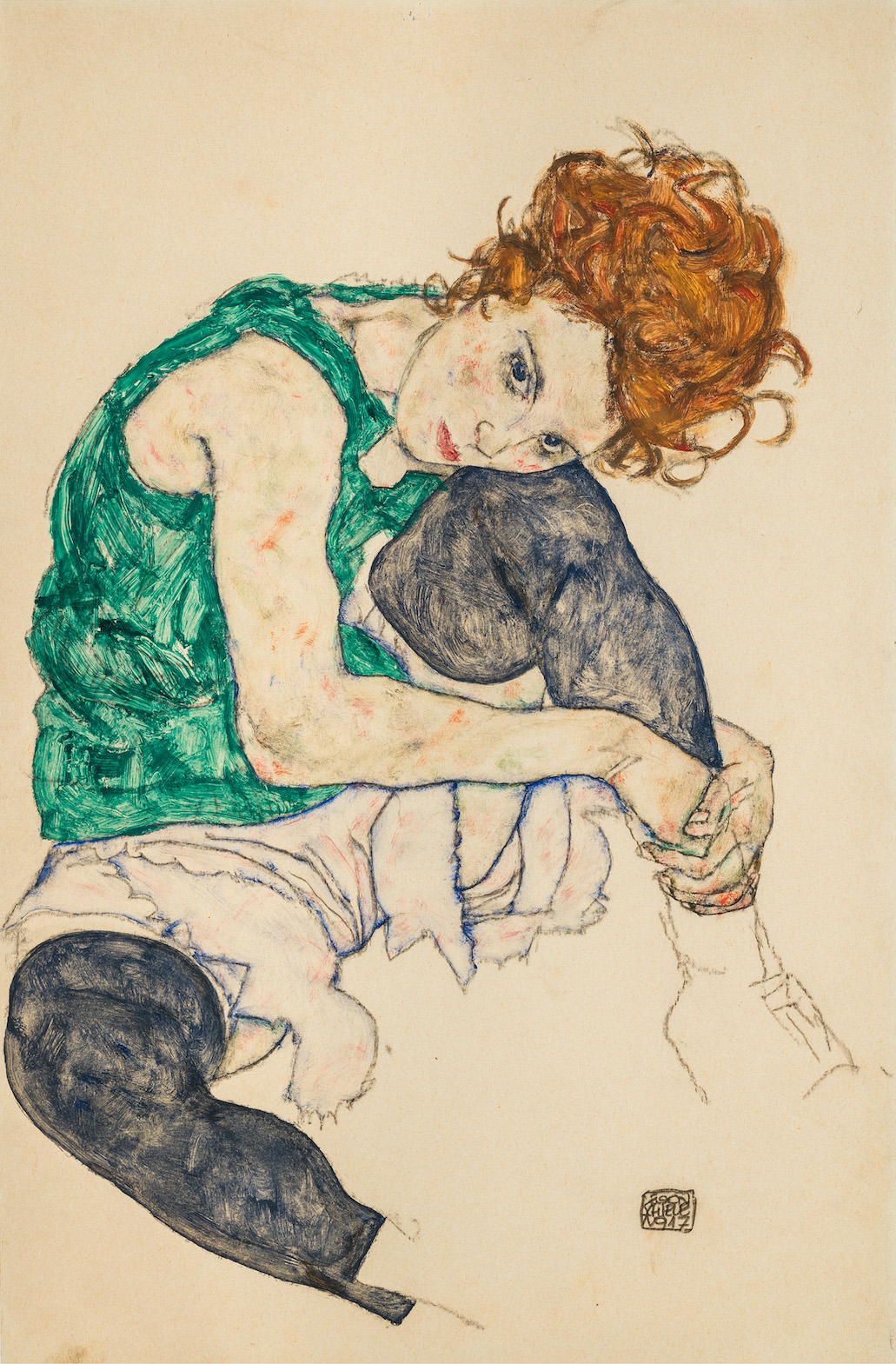
The collection’s form and content had a relatively complicated development, originally independent of the Picture Gallery of the Patriotic Friends of the Arts. At first, the collection was a graphic fund of the Academy dedicated especially to teaching. The actual establishment of the "Cabinet of Engravings" took place in the 1980s thanks to generous donations and the activities of the knight Vojtěch Lanna. After the Modern Gallery and the Picture Gallery of the Society of Patriotic Friends of the Arts were merged in 1942, the “paper fund” also grew richer. The 1940s saw the addition of the “Hollareum” – a collection of works by Wenceslaus Hollar. The National Gallery’s collection of prints became a special department in 1942; originally, its headquarters were in Kramář’s Villa on Letná Plain (the villa is now the official residence of the Prime Minister of the Czech Republic). The collection has grown through the inclusion of other numerous sets since then. Today the Collection of Prints and Drawings resides in the Kinský Palace, having been transferred there as early as 1949.
The collection contains high-quality sets of 16th century German and Dutch prints, including works by Albrecht Dürer and his contemporaries, Hieronymus Cock and Hendrick Goltzius, as well as his students; furthermore, there is an important collection of Italian Renaissance drawings. Giuseppe Arcimboldo’s famous self-portrait is embodied in the important collection of Rudolphine prints and drawings. Moreover, there is a convolution of Jacques Callot’s etchings and a collection of prints by Rembrandt van Rijn and his school. Central European – especially Bohemian – 17th century prints and drawings are represented by the drawings of Karel Škréta and others. The collection of over 5,000 prints and drawings by Wenceslaus Hollar is one of the world’s three most important collections of its kind. The vast 18th century fund includes, among other things, nearly all the etched oeuvre of by Giovanni Battista Piranesi.
The plentiful collection of 19th century art includes works by the Mánes family, as well as etchings by Josef Bergler, drawings by Caspar David Friedrich, and Edvard Munch and others from later generations of artists. The collection of works on paper from the “French Collection” is especially important, boasting works by Pablo Picasso and George Braque. The high-quality European Art Nouveau and Decadence set comprises, for example, works by Alphonse Mucha and Egon Schiele; František Kupka is included in the collection as well. Czech Modernism is represented by the drawings of Bohumil Kubišta and Otto Gutfreund, prints of Emil Filla, and by the Surrealist works of Jindřich Štýrský and Toyen. The second half of the 20th century covers Vladimír Boudník’s prints, Jiří Balcar’s etchings, and Jiří Kolář’s collages. The numerous set of Jan Zrzavý’s drawings merits special attention among the most important parts of in the collection. There are authors of the second half of the 20th century and contemporary artists too, such as Adriena Šimotová, Alena Kučerová, Karel Malich, Jitka Válová, Jan Křížek, and Ján Mančuška.
The Collection of Prints and Drawings is a varied and rich collection fund covering a vast array of periods and styles. As artworks on paper cannot be exhibited long-term, prints and drawings are regularly on display in short-term exhibitions and graphic cabinets.





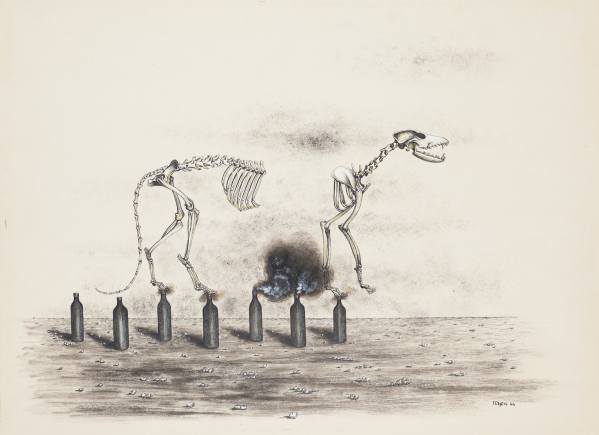

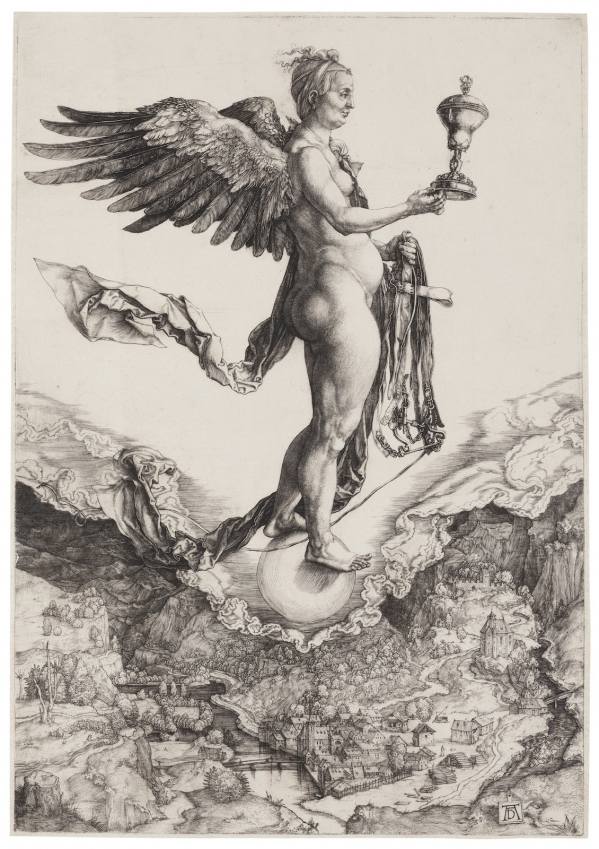


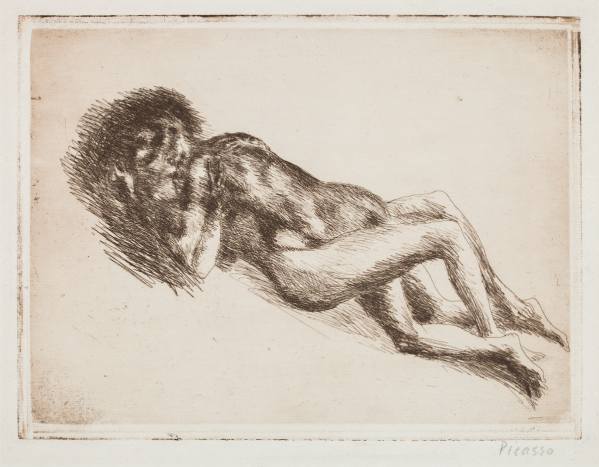
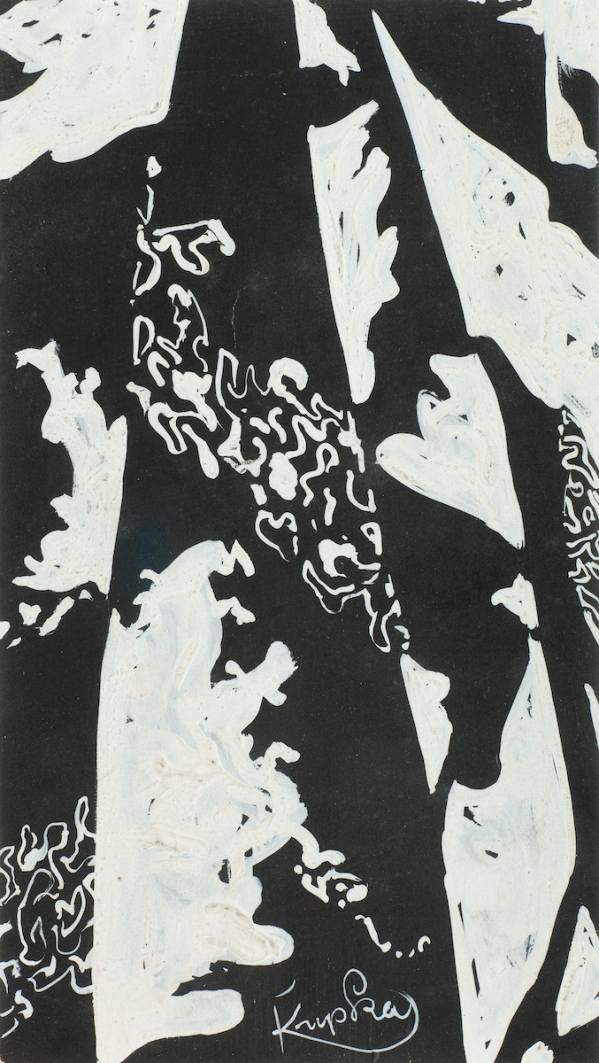
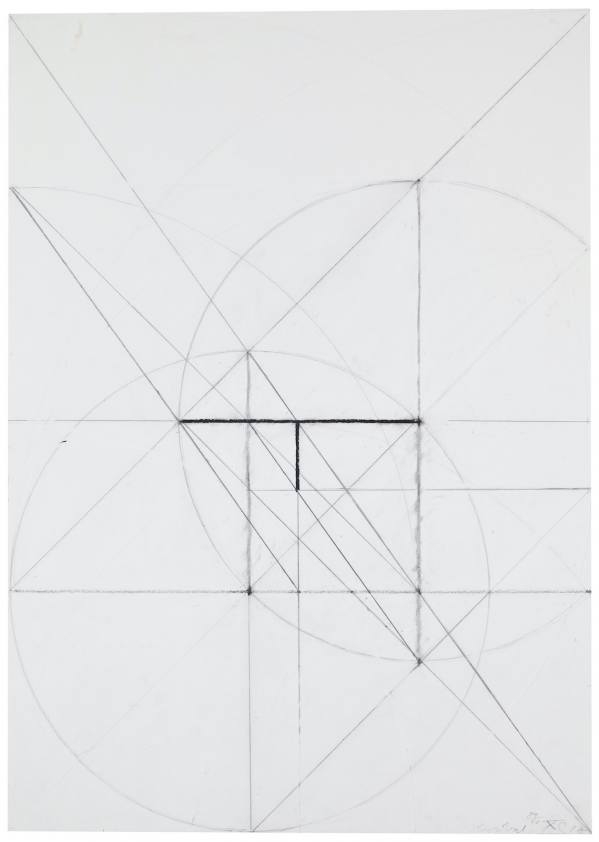
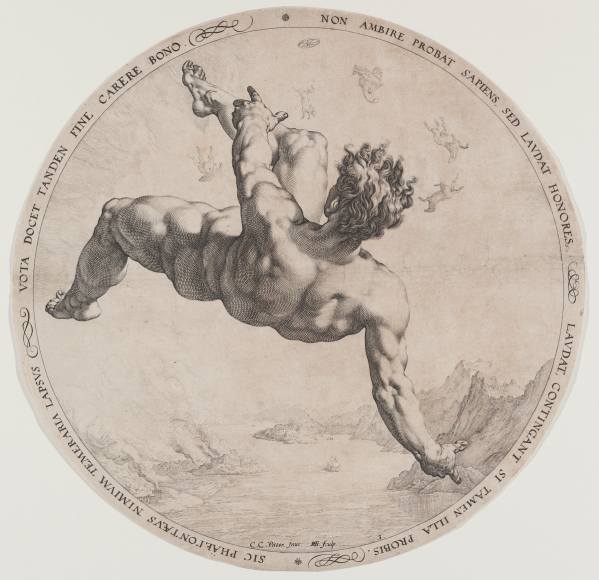

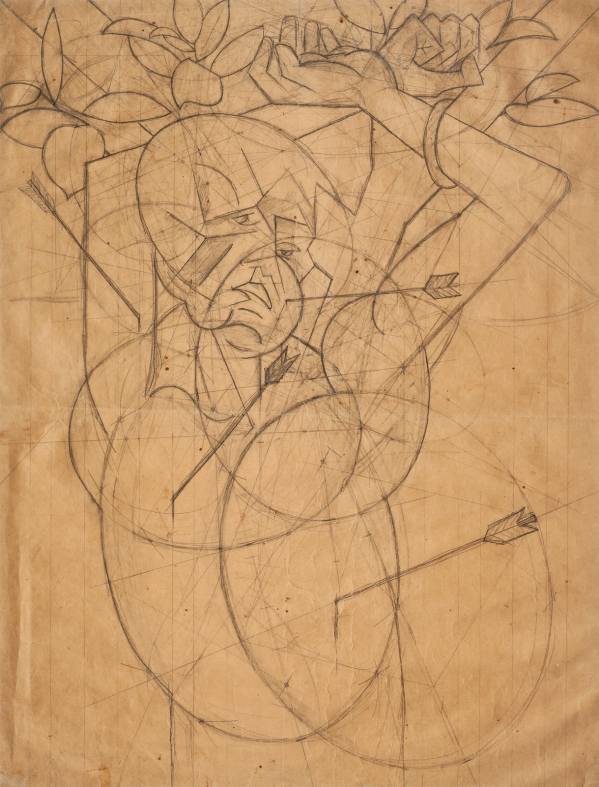
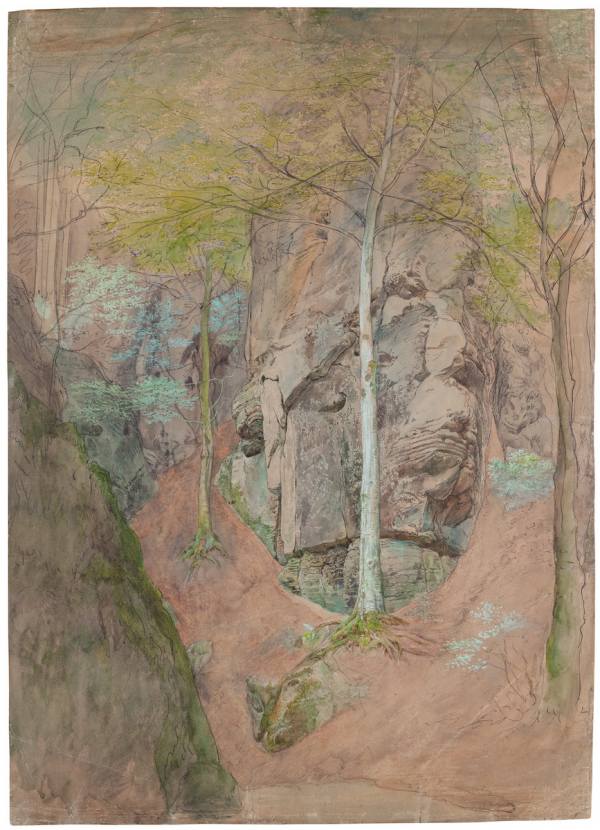
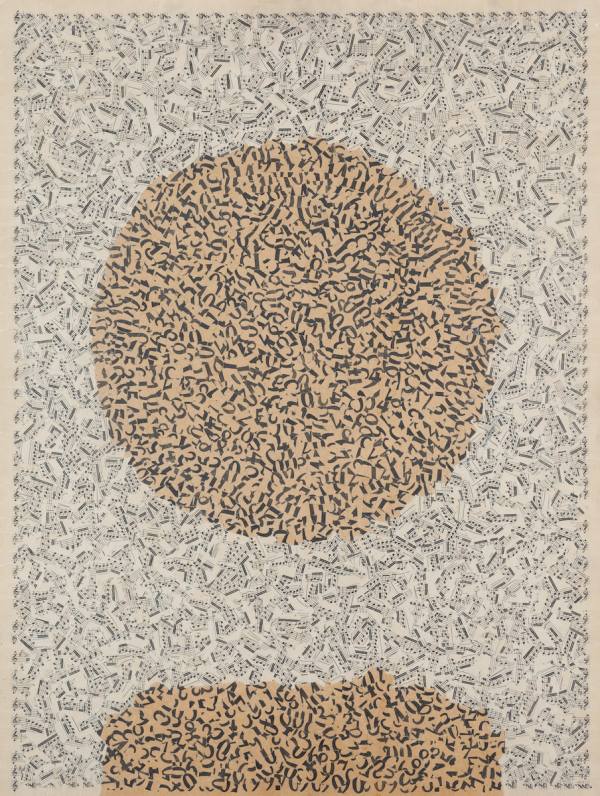
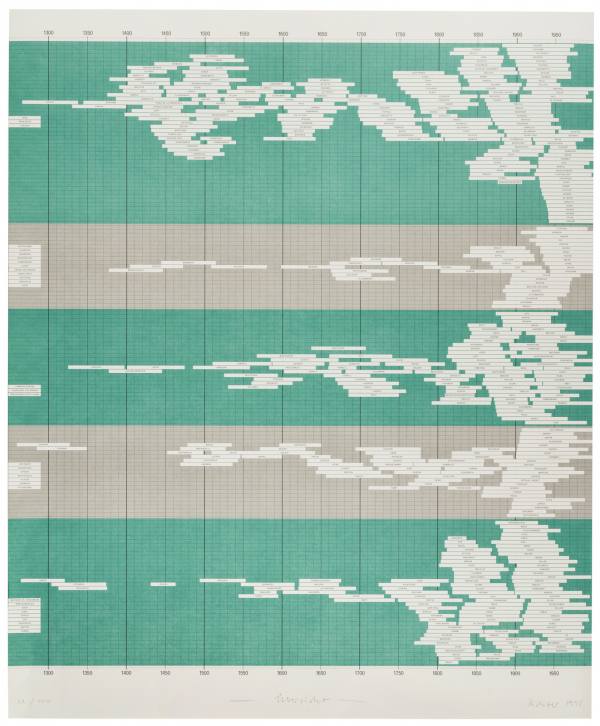
Mgr. Lenka Babická
lenka.babicka@ngprague.cz
lenka.babicka@ngprague.cz
Contact
Mgr. Jana Mafková, Assistant










